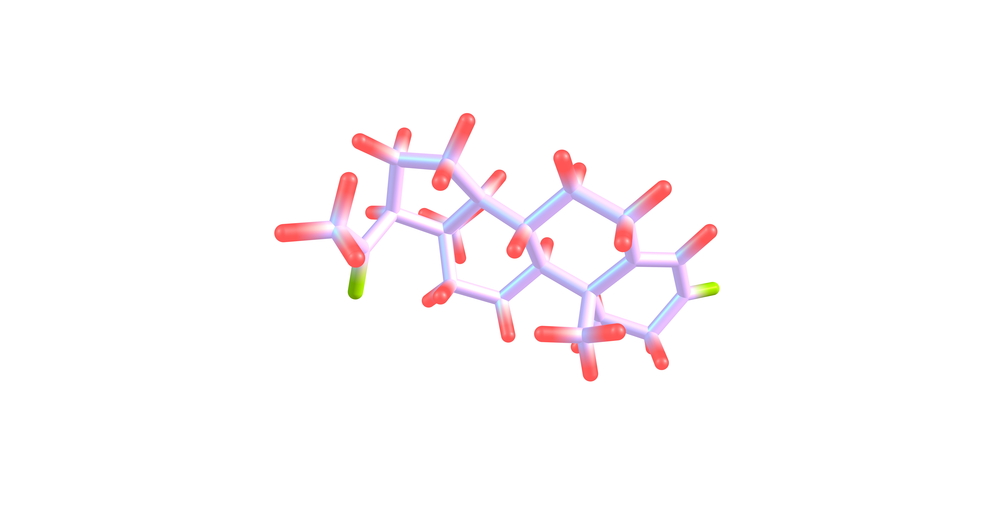A vaginal ring that releases estrogen and progestogen hormone therapy to treat vasomotor symptoms due to menopause was safe and well tolerated, according to a Phase 1 trial published in Climacteric, the official journal of the International Menopause Society, its developer Daré Bioscience announced this week.
Previously published topline efficacy results showed the DARE-HRT1 intravaginal ring (IVR) demonstrated improvement in VMS as well as vaginal symptoms, including dryness.
The new study demonstrated that the IVR was safe in healthy postmenopausal women.
“We are very encouraged by these data which indicate that our candidate, DARE-HRT1, was well-tolerated and highly acceptable for the majority of women in both IVR treatment groups,” said David Friend, PhD, Chief Scientific Officer for Daré Bioscience.
Daré Bioscience believes DARE-HRT1 has the potential to be the first FDA-approved monthly intravaginal ring delivering both estrogen and progestogen hormone therapy. It notes that North American Menopause Society’s (NAMS) guidance says that estrogen and progestogen in combination may offer important benefits.
“This innovative drug delivery technology is designed to release one or more active ingredients without the need for a membrane or reservoir to contain the active drug(s) or to control the release, allowing for sustained drug delivery,” said Sabrina Martucci Johnson, President and CEO of Daré Bioscience. “We believe this IVR drug delivery technology platform has the potential to result in products that offer women a number of benefits as compared to currently marketed products, including the opportunity to improve medication compliance, avoid first-pass metabolic side effects and deliver a better overall user experience.”
In the safety study, approximately 30 healthy, postmenopausal women participated in the open-label, three-arm Phase 1 study. Women in first group received one DARE-HTR1 ring for 28 days designed to release E2 at a rate of 80 μg/day and P4 at 4 mg/day. Women in the second group received an alternative DARE-HRT1 ring for 28 days designed to release E2 at 160 μg/day and P4 at 8mg/day. The third group received both oral Estrofem® (1mg E2) and Prometrium® (100 mg P4) daily for 29 days.
Daré now plans to move DARE-HRT1 into a Phase 3 efficacy trial.

